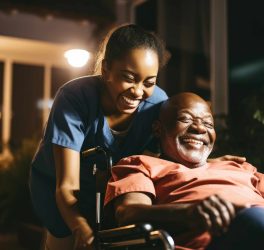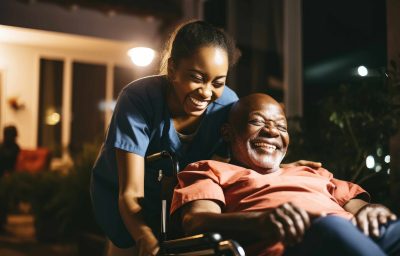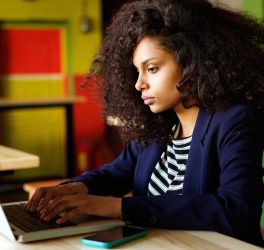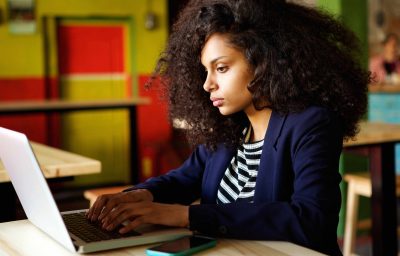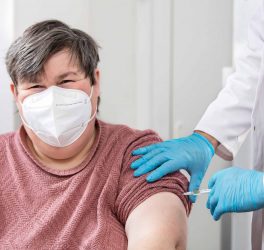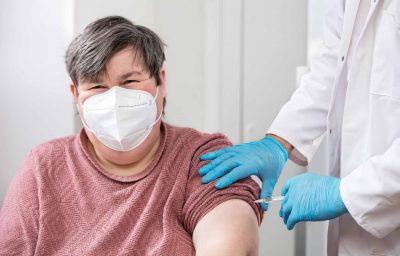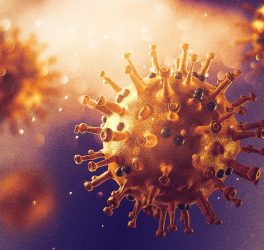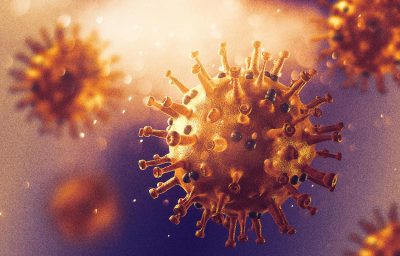
Schools should prioritize the needs of students with disabilities while reopening in fall 2020 against the educational risks of providing no in-person instruction according to a new report from the National Academies of Sciences, Engineering, and Medicine.
Opening schools will benefit families beyond providing education, including by supplying childcare, school services, meals, and other family supports. Without in-person instruction, schools risk children falling behind academically and exacerbating educational inequities.
Reopening K-12 Schools During the COVID-19 Pandemic: Prioritizing Health, Equity, and Communities recommends federal and state governments provide significant resources to districts and schools to help them cover the cost of COVID-19 precautions, including masks, enhanced cleaning, facility upgrades, and reconfigured classes.
“This pandemic has laid bare the deep, enduring inequities that afflict our country and our schools,” said Enriqueta Bond, chair of the committee that authored the report. “Many of the communities hardest hit by the virus are also home to schools with the least resources and the greatest challenges. Education leaders need to be careful when deciding to reopen to not exacerbate these inequities.”
The report also recommends schools and districts take the following precautions to protect staff and students:
- Provide surgical masks for all teachers and staff. All students and staff should wear face masks. Younger children may have difficulty using face masks, but schools should encourage compliance.
- Provide hand washing stations or hand sanitizer for all people who enter school buildings, minimize contact with shared surfaces, and increase regular surface cleaning.
- Limit large gatherings of students, such as during assemblies, in the cafeteria, and overcrowding at school entrances, possibly by staggering arrival times.
- Reorganize classrooms to enable physical distancing, such as by limiting class sizes or moving instruction to larger spaces. The report says cohorting, when a group of 10 students or less stay with the same staff as much as possible, is a promising strategy for physical distancing.
- Prioritize cleaning, ventilation, and air filtration while recognizing that these will not sufficiently lower the risk of COVID-19 transmission.
- Create a culture of health and safety in every school and enforce virus mitigation guidelines using positive approaches rather than by disciplining students.

